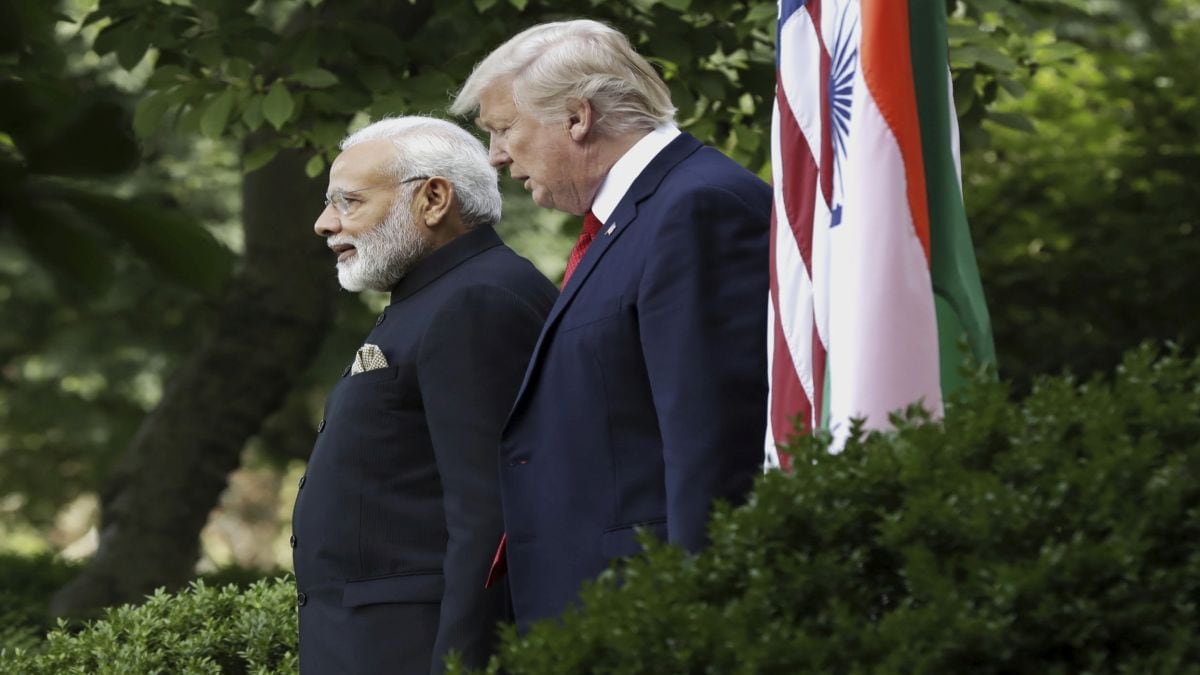

In light of recent developments, India has reportedly initiated the groundwork needed to navigate the imposition of tariffs by the United States, instructing ministries to identify potential sector-specific concessions. This move comes amidst escalating trade tensions between the two nations, primarily due to the US administration's concerns over the trade deficit and India's ties with Russia.
Background: US Tariffs and India's Response
On July 30, 2025, the US President declared a 25% tariff on Indian imports, effective August 7, 2025. This decision followed a period of stalled negotiations and was motivated by several factors, including the US's perception of high Indian tariffs, non-monetary trade barriers, and India's continued trade in energy and military equipment with Russia. The US also views India's participation in BRICS initiatives as a challenge to American economic hegemony.
In response, the Indian government has reiterated its commitment to securing a fair, balanced, and mutually beneficial trade agreement while prioritizing the protection of domestic industries, particularly agriculture and MSMEs. India has also made it clear that it will not compromise on key agricultural and dairy products in trade talks with the US.
Sector-Wise Considerations and Potential Concessions
The Indian government's directive to ministries to draft sector-wise concessions indicates a strategic approach to mitigate the impact of the tariffs and potentially pave the way for future negotiations. Several sectors are likely to be affected by the US tariffs, including textiles and apparel, gems and jewelry, engineering goods, electronics, steel, chemicals, and petroleum products. However, certain sectors like pharmaceuticals, APIs, energy products, and some electronics may be exempted.
While the specific concessions under consideration remain undisclosed, potential areas of compromise could include:
Sticking Points and Red Lines
Despite the willingness to explore concessions, India has made it clear that certain areas are off-limits. These "red lines" primarily revolve around:
Impact and Future Outlook
The US tariffs are expected to have a varied impact on the Indian economy. While some sources suggest a negligible impact on overall GDP, certain export-oriented sectors may face significant challenges. The tariffs could reduce India's goods exports and may affect firms with large US-based revenues or operations.
The future of India-US trade relations hinges on the ability of both sides to bridge their differences and find common ground. The next round of talks is scheduled to begin on August 25, 2025. Both countries seek to more than double bilateral trade to $500 billion by 2030 and negotiate a multi-sector BTA (Bilateral Trade Agreement). However, disagreements persist regarding market access, tariffs, and other trade barriers. If the US accepts a trade deal that excludes agriculture, it could set a precedent.
In the meantime, India may explore alternative strategies, such as diversifying its export markets and offering support schemes to affected exporters.